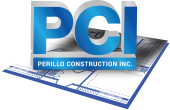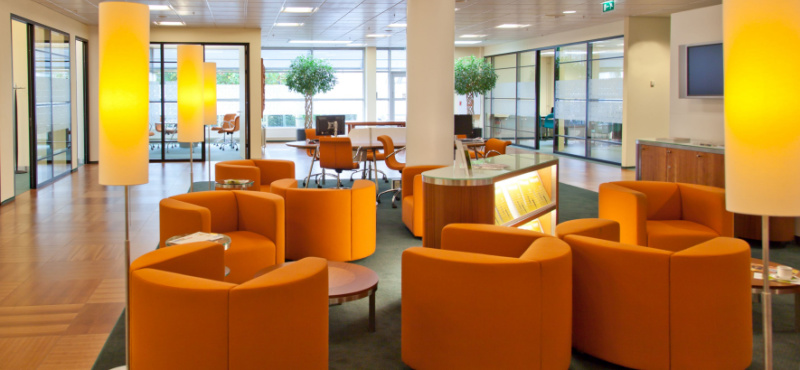The landscape of commercial real estate is undergoing a transformative shift, driven by evolving market demands and consumer behaviors. In response, the concept of multi-use developments has emerged as a leading trend, redefining how spaces are designed and utilized. These dynamic environments blend retail, workspace, leisure, and health facilities into cohesive communities, reflecting a new era of urban and suburban living.
The Rise of Multi-Use Developments
The 21st century has seen a marked shift towards multi-use developments, a change spurred by a desire for more integrated and accessible urban environments. These spaces cater to a modern lifestyle that values convenience, flexibility, and sustainability. Unlike traditional commercial designs, multi-use spaces meet various needs under one roof, serving as a one-stop destination for work, shopping, dining, and leisure.
Benefits of Multi-Use Spaces
The appeal of multi-use spaces lies in their multifaceted benefits:
Space Efficiency: They maximize land use by combining different functions, offering more services and experiences in a compact area.
Community Engagement: By providing diverse amenities, these developments become vibrant community hubs, fostering social interactions and connectivity.
Economic Advantages: For business owners, multi-use spaces offer varied revenue streams and the potential for higher foot traffic, contributing to economic resilience and growth.
Challenges in Designing Multi-Use Spaces
Creating a successful multi-use development requires navigating several challenges:
- Regulatory Hurdles: Developers must address complex zoning laws and building codes that can vary significantly between jurisdictions.
- Design Complexity: Architects and builders must design spaces that are adaptable and can satisfy the diverse requirements of various tenants and activities.
- Functional Balance: Ensuring that the aesthetic and practical needs of different spaces coexist harmoniously is key to a project’s success.
Perillo Construction Inc.’s Approach
Perillo Construction Inc. excels in addressing these challenges through a client-centric approach:
- Collaborative Planning: Engaging with clients, architects, and the community from the outset ensures that the project aligns with everyone’s vision and needs.
- Sustainability and Technology: Incorporating eco-friendly practices and smart technologies not only enhances efficiency but also future-proofs developments against evolving trends and regulations.
- Flexibility and Innovation: By prioritizing flexible design and innovative solutions, Perillo ensures that each multi-use space can adapt to future changes in use and demand.
Case Studies
Consider the transformation of a historic downtown building into a thriving mixed-use development. Perillo Construction Inc. led the renovation, preserving the building’s architectural heritage while introducing modern retail outlets, co-working spaces, and wellness centers. This project exemplified Perillo’s ability to blend old with new, creating a vibrant community hub that attracted businesses and visitors alike.
The Future of Commercial Design
Looking ahead, the integration of digital and physical spaces will likely play a crucial role in the evolution of multi-use developments. Perillo Construction Inc. is at the forefront of exploring how virtual reality, augmented reality, and AI can enhance the functionality and user experience of commercial spaces, ensuring that they remain relevant and appealing in a rapidly changing world.
Final Thoughts
The shift towards multi-use spaces represents a significant evolution in commercial design, offering new opportunities for business owners to create environments that are not just functional but also vibrant and community-focused. With its extensive experience and innovative approach, Perillo Construction Inc. is ideally positioned to lead this transformation, helping clients navigate the complexities of modern commercial projects to achieve spaces that are flexible, sustainable, and tailored to the needs of 2024 and beyond.

